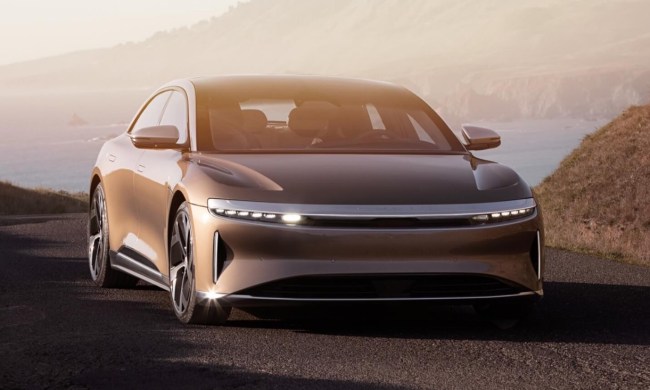The story of the Ford GT40 warrants far more than a few words, but I’ll use its history simply as context here.
The GT40 Mk I was built in an effort to trump Ferrari, who had been occupying podium positions at the 24 Hours of Le Mans for several years by the early 1960s. Sadly, each of the Lola Mk6-based vehicles constructed in 1964 failed to finish that year’s 24-hour race. It was then that Ford’s Le Mans team was handed over to Carroll Shelby. Under the guidance of the legendary driver and autophile, the GT40 Mk II was built with a 7.0-liter 427 cubic-inch V8, improved dynamics, and a whole lot of attitude. The cars went on to secure Ford’s first 1-2-3 finish at the 1966 Le Mans race and cement their places in motorsport history. Ford continued its domination at Le Mans in 1967, ’68, and ’69 with updated versions of the GT40.
Road-going recreations of the Ford GT40 hold special places in the hearts of automotive enthusiasts.
Though Ford created seven Ford GT40 Mk III production cars, it was only in 2005 that the automaker introduced a more widely available model: the Ford GT. For this reason, road-going recreations of the Ford GT40 hold special places in the hearts of automotive enthusiasts. And among the specialty shops that take on the task of GT40 continuations, no one does it better than Superformance.
Considering the Ford GT/40 is one of my all-time favorite vehicles, getting the chance to drive a recreation is a dream come true. The Mk II body and components are engineered to the original car’s exact specifications, meaning two-thirds of the parts could be swapped with the 1966 car, including the chassis. This particular car has been provided by Hillbank Motorsports, a distributor of Superformance vehicles, and is owned and driven by the CEO’s son. Though its black and gold exterior is showroom quality, this example has spent far more time on racetracks across the U.S. than suburban streets.
Superformance is commissioned to build rolling chassis (without engines), but the finished cars are commonly equipped with small and big block V8’s. The car I would be driving uses a 427 cubic-inch Roush V8 like the race car, but has been retuned to produce 550 horsepower and 525 pound-feet of torque. Mind you, the classic four-speed manual transmission remains, which translates to some very tall gearing. To handle all that power, Superformance uses Bilstein coilovers with H&R Springs, a fully independent front and rear suspension, and a Wilwood big brake kit. Best of all, the vehicle weighs just 2,200 pounds.




